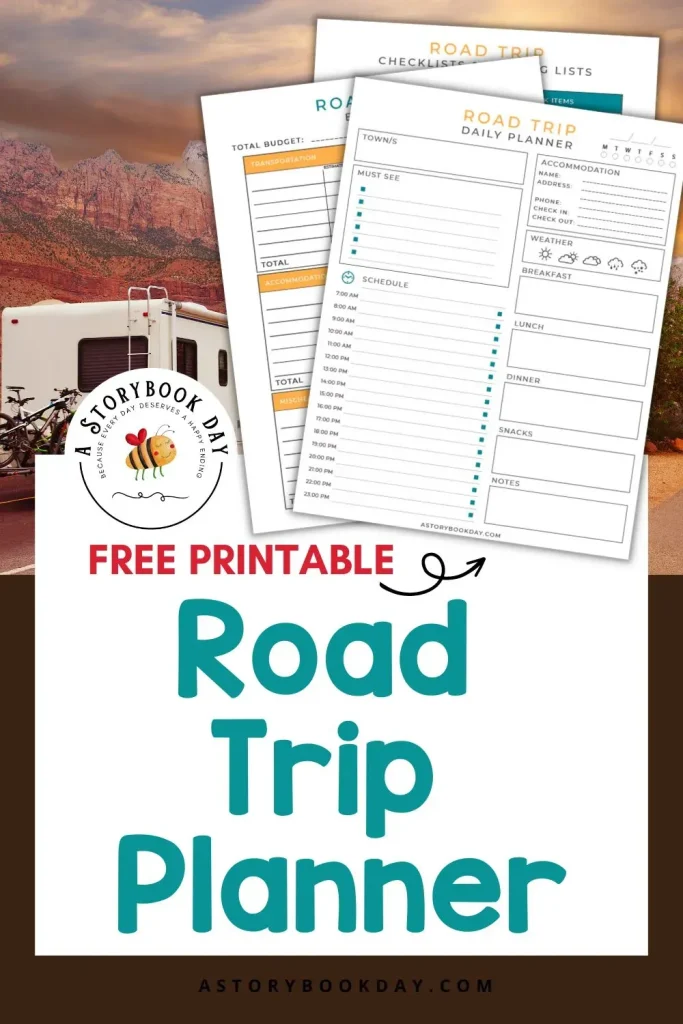Road trip planning is the art of turning a potentially overwhelming journey into a smooth, rewarding adventure, where every mile is guided by foresight and curiosity rather than guesswork. Rather than simply choosing a destination, you map out a practical route that saves time, reduces stress, and makes the most of every mile, while prioritizing experiences aligned with your interests and pacing yourself for long days behind the wheel. A thoughtful approach helps you craft road trip itineraries that balance driving time with experiences, rest stops, and scenic detours that reveal hidden gems along the way. With practical steps, planned stops, a sensible budget, flexible route options, and built-in buffers for weather or detours, you keep stress low and momentum high. Whether you’re chasing national parks or coastal towns, the right plan helps you maximize time, money, and memories by balancing major attractions with downtime and unexpected discoveries as you tailor the pace to your group’s energy and weather patterns.
Think of it as highway itinerary design, a flexible travel blueprint, or journey mapping for the open road. It centers on aligning stops, travel times, and resources so the ride stays enjoyable rather than exhausting. By emphasizing budget awareness, efficient routing, and thoughtful packing, you can adapt to weather, traffic, or spontaneous discoveries without losing momentum. In LSI terms, these alternative expressions share semantic territory with road trip planning, building a cohesive web of related concepts that help search engines understand the topic.
Road Trip Planning Mastery: From Itineraries to Packing Lists
Road trip planning begins with clear, personalized itineraries that balance must-see destinations with realistic daily driving times. When crafting road trip itineraries, start by listing top stops and estimating how long you’ll spend at each. Then design a fast-forward route for efficiency and a scenic alternative for moments when you want to savor views. This approach helps you allocate energy for experiences earlier in the trip and build in rest days to prevent burnout. By treating the journey as a flexible framework, you can adapt to weather, crowding, or spontaneous discoveries without losing sight of your core goals.
A strong planning foundation also means embracing budget road trip planning and a practical road trip packing list. Consider lodging options, fueling costs, and daily meal budgets as you draft the route, and identify opportunities to save—such as a mix of affordable lodging or safe, free camping where allowed. Assemble a road trip packing list that covers essentials without overloading the car: documents, safety gear, snacks, charging gear, and climate-appropriate layers. With a thoughtful itinerary and a lean packing list, you’ll reduce stress, keep timelines intact, and leave room for memorable detours.
Efficient Driving Routes and Scenic Route Planning for a Balanced, Budget-Smart Trip
Efficient driving routes are a cornerstone of a smooth road trip. To minimize time behind the wheel while preserving safety and enjoyment, leverage reliable navigation tools, pre-plan two or three routing options, and time your drives to avoid peak traffic. Consider how highway mileage compares with back-road detours that offer scenery or better fuel economy. Schedule regular rest stops every 2-3 hours to stay alert, and adjust as needed for weather, road closures, or unexpected discoveries. By prioritizing efficient driving routes, you can maintain momentum without sacrificing experience.
Incorporate scenic route planning to enrich the journey without derailing your schedule. Choose vantage points and iconic viewpoints that offer meaningful payoff for extra time, and pair heavy sightseeing days with lighter travel days to prevent fatigue. Always prioritize safety when pulling over to enjoy scenery, selecting safe overlooks and staying mindful of surrounding traffic. Complement your itinerary with practical tech tools—offline maps for weak coverage and real-time alerts for closures—so scenic detours enhance, rather than disrupt, your overall travel plan.
Frequently Asked Questions
What are the essential steps in road trip planning to develop realistic road trip itineraries and solid budget road trip planning?
Road trip planning starts with clear goals and constraints (destinations, trip length, must-see stops). Then draft two to three route options: a fast main route and one or two scenic alternatives. Set daily driving limits (about 4–6 hours) and build buffer time for meals and sights. Create a flexible schedule with backup plans in case of crowds or weather. Estimate the budget for fuel, lodging, meals, tolls, and park fees, plus a maintenance cushion. Assemble a practical road trip packing list and safety essentials. Use reliable planning tools (maps with offline access, budgeting apps, weather alerts) and revisit plans to adjust for contingencies as needed.
How can I balance efficient driving routes and scenic route planning in road trip planning without blowing the budget?
Begin with a main efficient driving route to minimize time on the road. Layer in a scenic route option on days where time and conditions permit. Use dependable navigation and check for traffic, weather, and closures; keep backups in case plans change. Weigh detour costs against the value of scenery and stops (fuel, lodging, tolls). Schedule regular rest breaks every 2–3 hours to stay alert. Keep a lean road trip packing list to avoid overpacking and extra stops, and stay flexible to swap days or routes if needed while preserving core experiences.
| Aspect | Key Points |
|---|---|
| Purpose of road trip planning},{ |
Summary
Road trip planning sets the stage for a memorable journey by balancing freedom with thoughtful preparation. By crafting clear itineraries, budgeting wisely, choosing efficient routes, packing smartly, and incorporating scenic detours, travelers can maximize enjoyment while minimizing stress. Safety and contingencies should be woven into every plan, ensuring you can adapt to weather, traffic, or unexpected stops without derailing your core goals. With the right tools, mindset, and a flexible plan, your next road trip can deliver memorable moments and safer travels.

